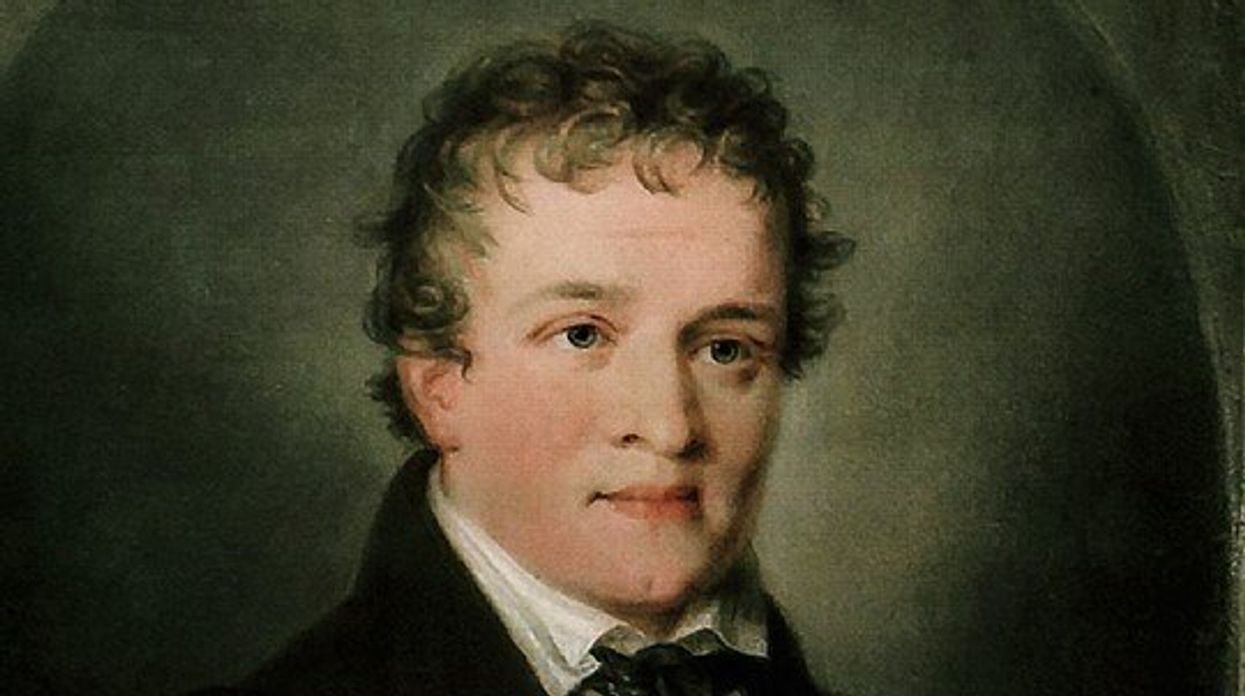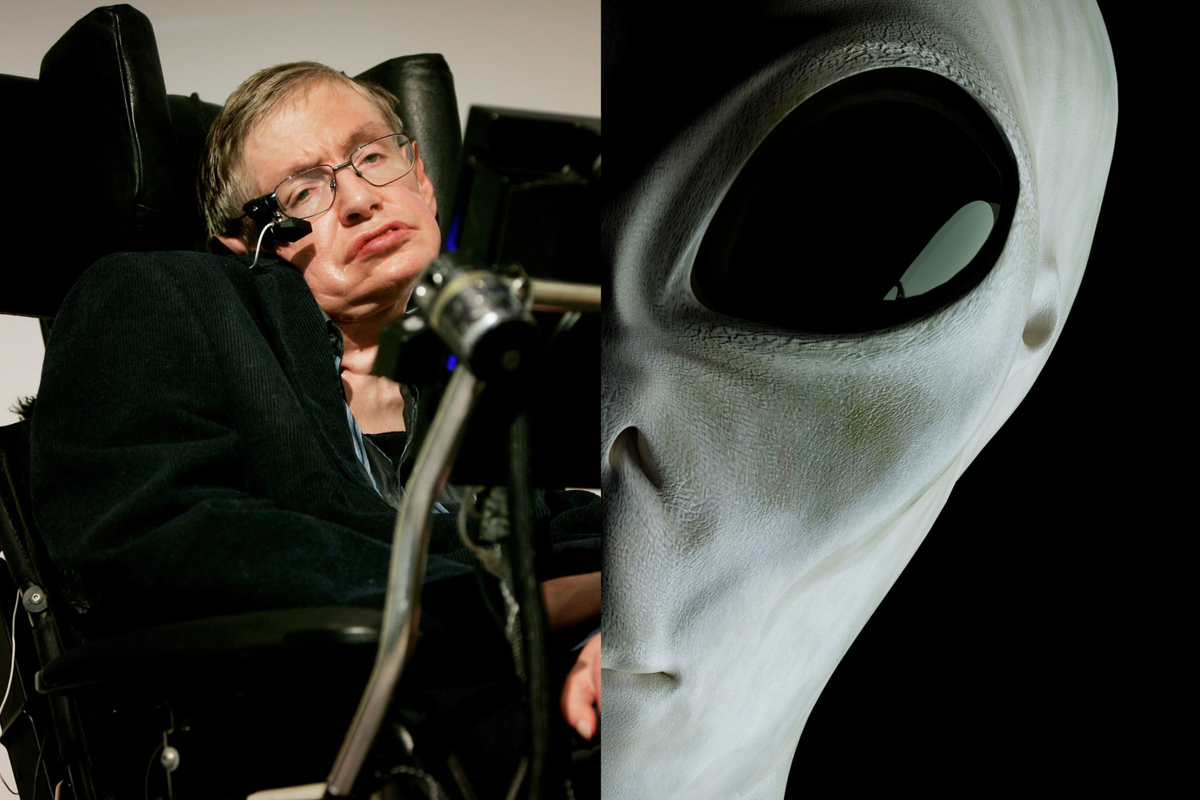Science & Tech
Ellie Abraham
Aug 13, 2024

Public domain, via Wikimedia Commons
Scientists have debunked the 200-year-old conspiracy of the “lost European prince” with the help of DNA tests.
Developments in technology mean experts are continually solving mysteries that have puzzled those before them. Scientists have solved an age-old mystery about the moon with new research, meanwhile, archaeologists believe they have got to the bottom of how the pyramids in Egypt were constructed.
Now, modern forensic techniques have allowed experts to debunk a conspiracy lasting more than 200 years about the ancestry of mysterious teenager Kaspar Hauser.
It started in 1828 when a 16-year-old, described as “half-wild”, appeared in the city of Nuremberg in Germany. The boy carried two letters with him, claiming that he had grown up having been held captive in a dungeon by a mysterious man.
The young man wrote his name as Kaspar Hauser, but no one knew where he had come from. Some rumours began to spread claiming that Hauser was in fact the son of Grand Duke Carl, who had recently died. Carl was a prince in Baden, south Germany, before the break up of the Holy Roman Empire in 1806.
According to the history books, Carl’s only son died when he was a baby in 1812. However, following the appearance of Hauser, speculation arose that he was Carl’s real son and that he had been swapped out with a sick baby at birth “to bring a collateral lineage to the throne”.
As if the mystery wasn’t dramatic enough, Hauser was stabbed to death five years after he reappeared in Nuremberg.
Geneticist Turi King, Director of the Milner Centre for Evolution at the University of Bath, explained, “It's claimed to be one of the biggest historical mysteries of the 19th century”.
King was one of the geneticists who helped to identify the remains of King Richard III in 2014 and she was called upon to help determine if Kaspar Hauser was a descendant of the House of Baden.
The team used samples of Hauser’s blood and hair to analyse the mitochondrial DNA using modern sequencing techniques and to confirm it matched samples taken in the 1990s.
“The DNA from Kaspar Hauser was the same across the hair samples and also matched the blood sample analysis of [the] 1990s,” King explained.
However, when the DNA information was compared to that of the Baden royals and their descendants, no match was found. The team found the young man’s genes were “clearly different from the mitochondrial lineage of the House of Baden”.
While the true origins of Hauser remain a mystery, their research has put an end to the theory that he was born royal.
Sign up for our free indy100 weekly newsletter
How to join the indy100's free WhatsApp channel
Have your say in our news democracy. Click the upvote icon at the top of the page to help raise this article through the indy100 rankings
Top 100
The Conversation (0)












